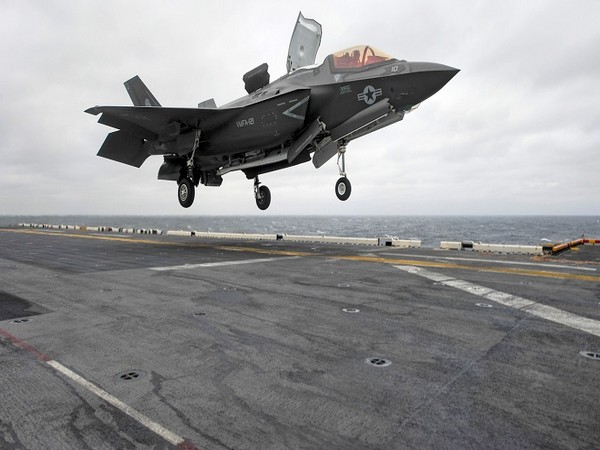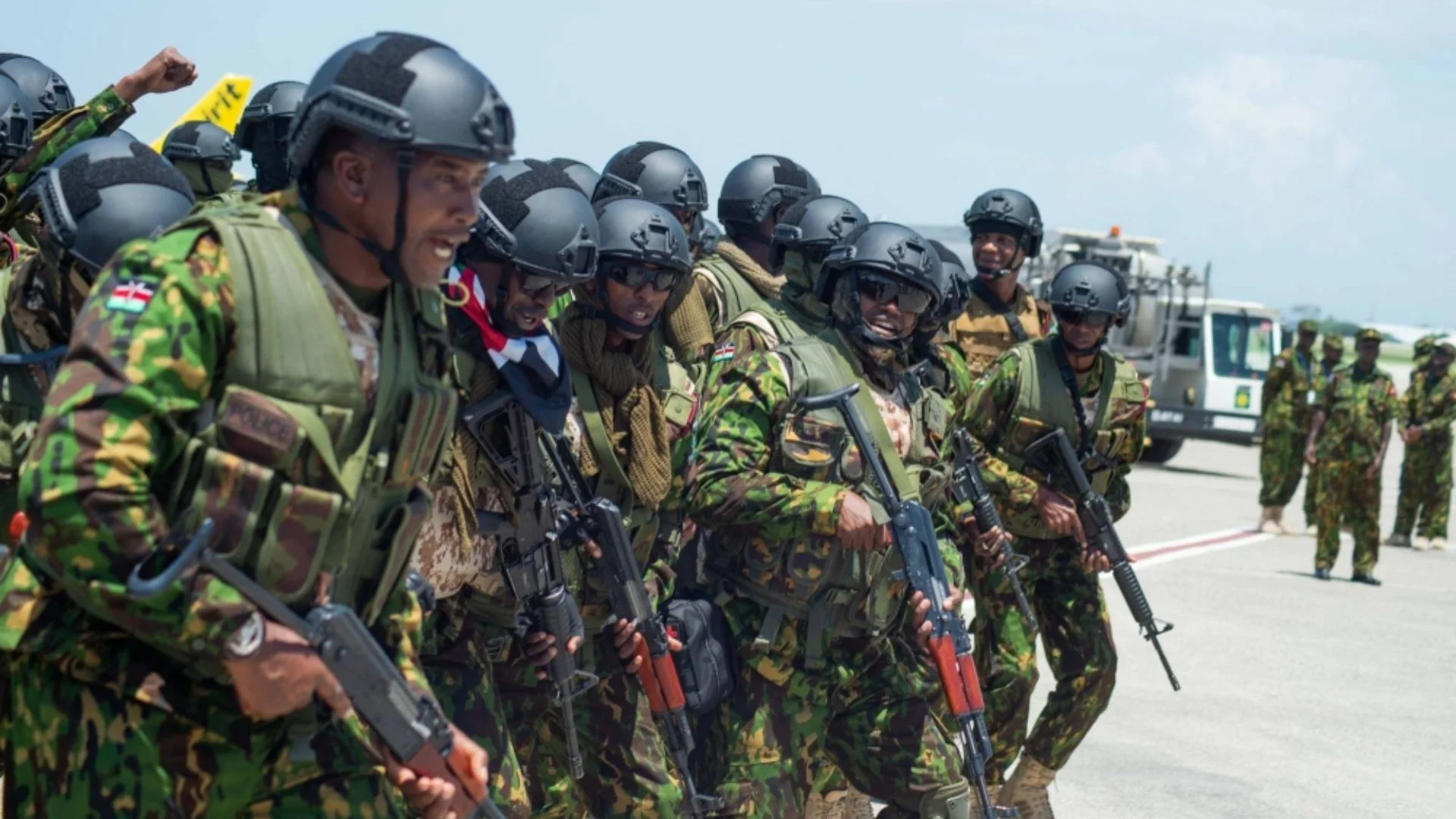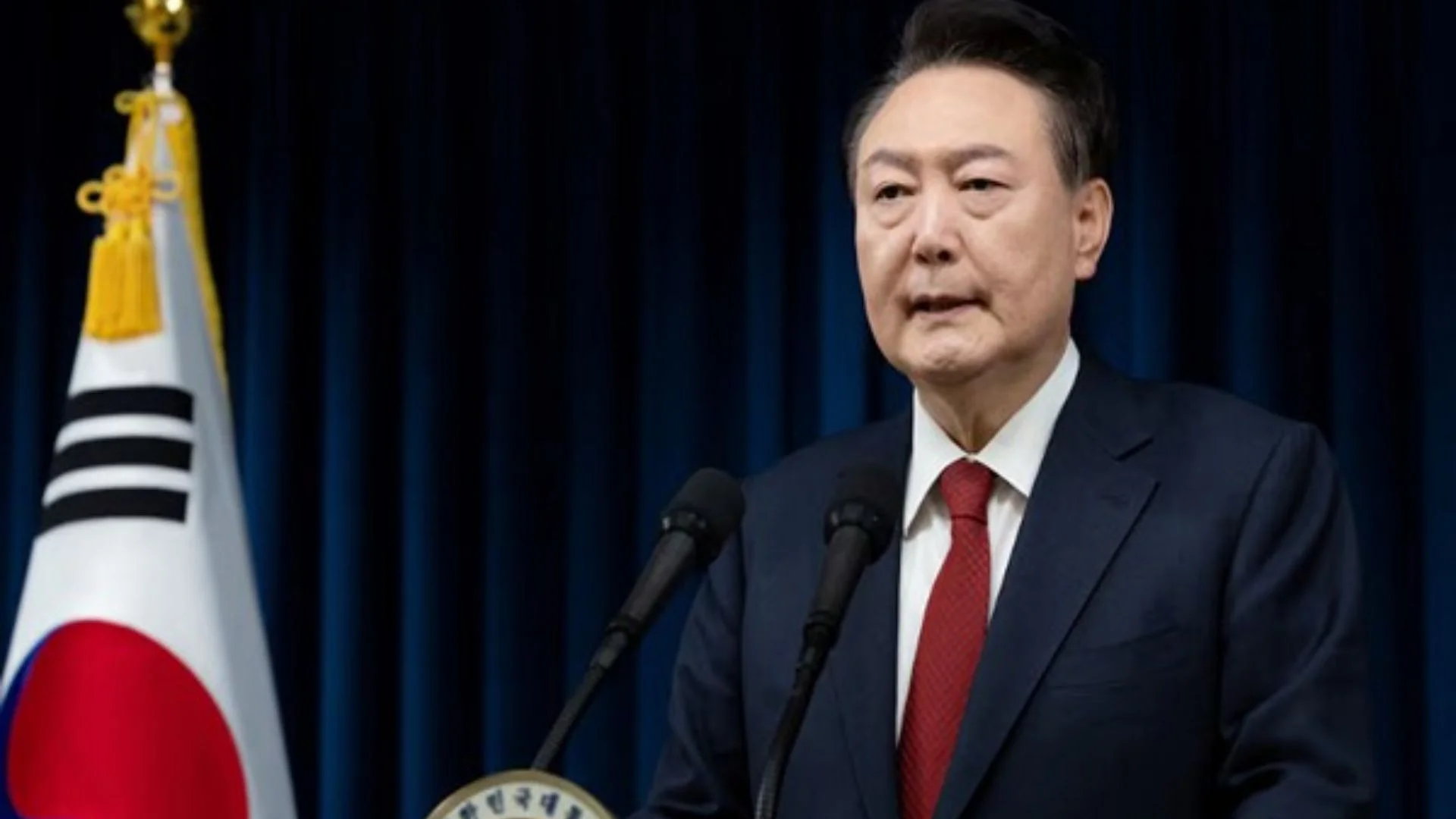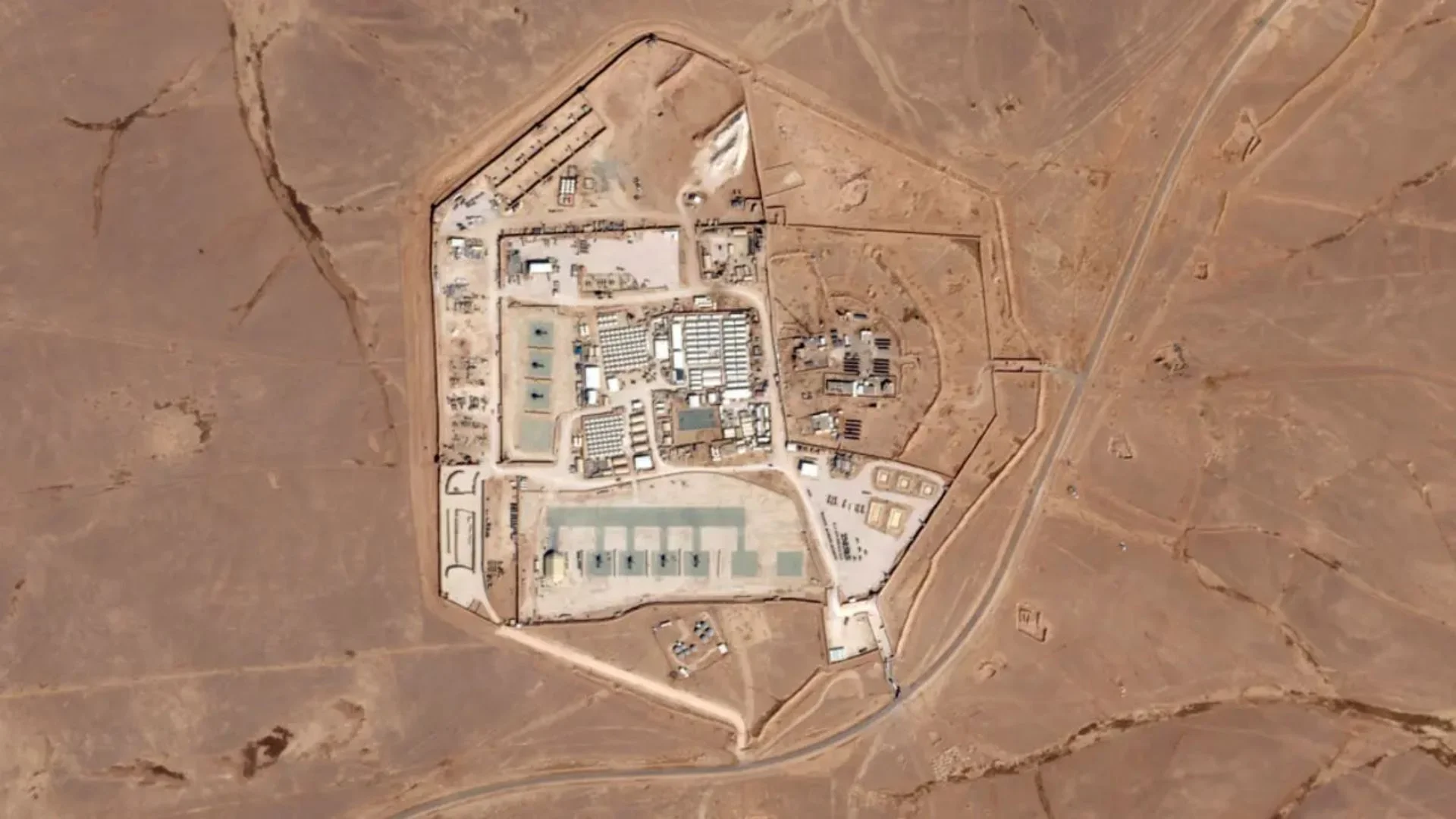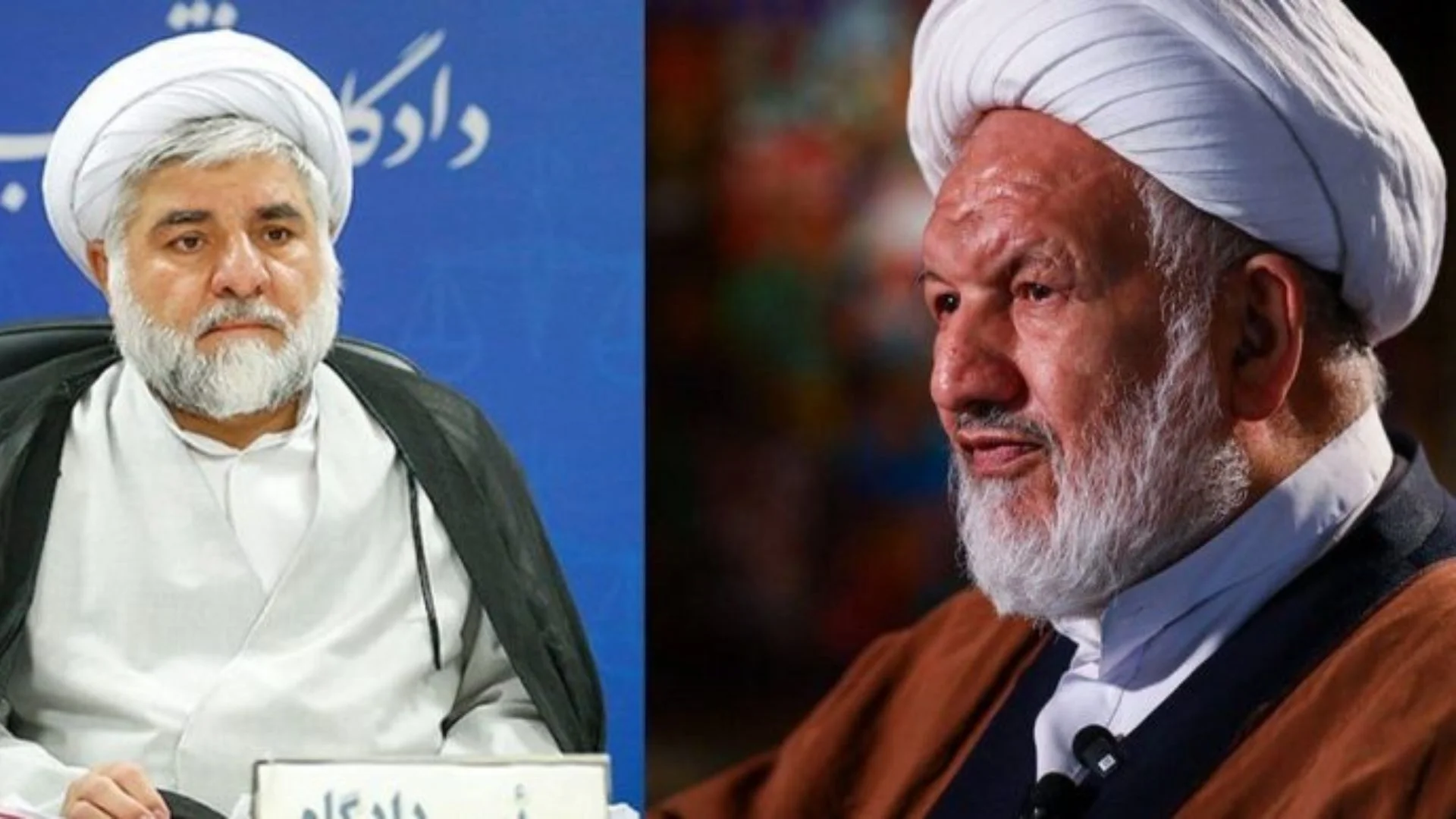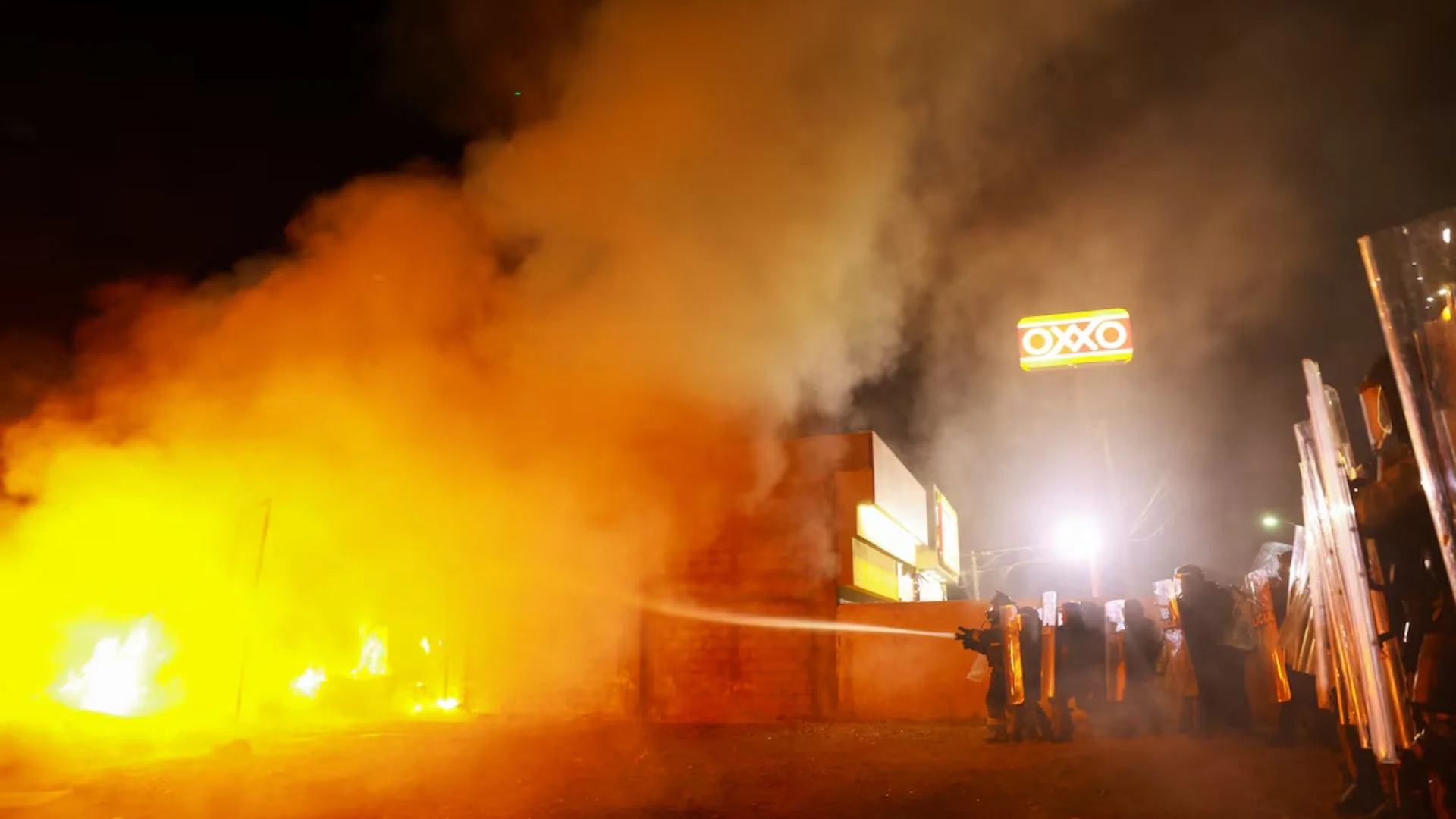Taiwan and the US have signed two deals worth close to USD 420 million for maintaining fighter aircraft operated by the self-governing island that China considers its own territory, Voice of America (VOA) reported.
Based on the agreement, around USD 323 million will be allocated for a parts contract that runs through March 2028, according to a local news report. The smaller deal, which runs through June 2027, covers nonstandard parts and aviation materials. The deals were signed on Sunday, VOA reported.
Taiwan has relied on the US for air defence capability to secure its airspace and prepare for a possible Chinese invasion. China has been ramping up military pressure in recent years to force the island to accept integration with mainland China.
Chinese Foreign Minister Qin Gang said on April 21 that Taiwan’s return to China is an integral part of the international order after World War II. “Once China’s land is recovered, it will never be lost again…anyone who plays with fire on the Taiwan issue will set himself on fire,” he said.
The Washington Post on April 15 quoted confidential documents leaked from the Pentagon that Taiwan is unlikely to thwart Chinese military air superiority in a cross-strait conflict as its airfields and radar positions are all within the range of Beijing’s land-based missiles, VOA reported.
According to the documents, just over half of Taiwan’s aircraft are fully mission capable and Taiwanese officials doubt the ability of their air defences to “accurately detect missile launches.”
The documents also said Taiwan feared it could take days to move the planes to shelters, leaving them vulnerable to Chinese missiles.
Taiwan’s Ministry of National Defence on April 16 said that the documents’ content did not conform to the facts, VOA reported.
Phillip Saunders, director of the Center for the Study of Chinese Military Affairs, told VOA Mandarin that air defence is going to be a huge problem for Taiwan as its airfields and radar are all within range of China’s land-based missiles.
According to experts, one of the main challenges for Taiwan’s Air Force is that airfields and early warning radar in western Taiwan are highly vulnerable to Chinese sabotage.
Taiwan’s air defence system, including various long-range radars, is still operating smoothly, and the effectiveness of the entire joint air defence is quite good. For example, when China launches a ballistic missile, Taiwan’s early warning radar provides at least seven minutes of early warning to the relevant anti-missile units, VOA wrote quoting experts.
China has more air power than Taiwan. According to Global Firepower and Forces, the Chinese military has over 3,000 aircraft and nearly 400,000 people in its air force. Taiwan has more than 700 aircraft and more than 30,000 Air Force troops.
According to experts, the most significant air threats to Taiwan might come from large swarms of unmanned aerial vehicles or short-range ballistic missiles.
In an email on April 20, he said in an invasion scenario, China could attempt to use mass firepower to suppress Taiwan’s defenders, gain air superiority, and, thus, overcome the disadvantage of attacking into challenging terrain, VOA reported.
Losing air supremacy would have severe consequences for Taiwan. Unless the United States and its allies can help Taiwan regain air supremacy, Taiwan may lose a Taiwan Strait war.
The US could work with allies to provide Taiwan with more air defence systems and missiles, creating a multilayered, integrated air and missile defence system.
The US needs to share early warning information to help Taiwan carry out fighter jet transfers and consider selling AGM-158C long-range anti-ship missiles to Taiwan to prevent Chinese aircraft from entering the waters east of Taiwan, as well as providing F-35 fighters to respond to China’s attacks on airfields and runways.

